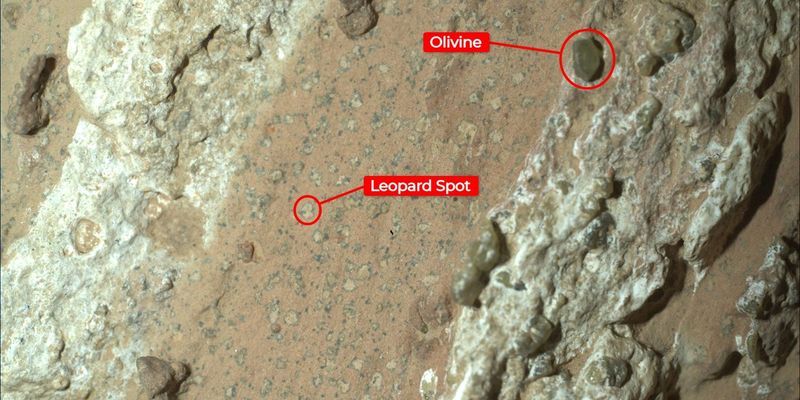Could There Be Life on Mars? NASA's Perseverance Rover Makes a Stunning Discovery!
Are we alone in the universe? 🤔 I was incredibly excited when I heard this news! NASA's Perseverance rover has discovered unique rock textures and mineral combinations on Mars, possibly indicative of ancient life – truly a groundbreaking development! 🚀

Hello everyone! Today, I'd like to share a truly mysterious tale of space exploration. Have you ever looked up at the night sky and wondered, 'Could there be other extraterrestrial life besides us?' I often engage in such thoughts, and recently, news broke that NASA's Perseverance rover has found a clue to that very cosmic mystery on Mars!
What Do Mars' 'Cheetah Spot' Rocks Tell Us?
Found this article helpful?
Never miss insights like this - delivered every morning
The subject of this discovery is an argillite (mudstone) found deep within Jezero Crater, estimated to have formed 3.2 to 3.8 billion years ago. Perseverance rover has identified unique textures resembling 'cheetah spots' and special mineral combinations within these ancient rocks. Scientists are considering these characteristics as 'potential biosignatures.' 🧐
Biosignatures refer to chemical or textural evidence indicating past biological activity. Of course, it's currently an 'assumption' that these could have been created by ancient microbes, and scientists emphasize that rigorous and thorough further verification processes are absolutely necessary.
What Exactly Did the Perseverance Rover Discover?
Shall we delve a little deeper? In July 2024, the Perseverance rover collected rock samples, nicknamed 'Sapphire Canyon,' from a light-colored rock named 'Cheyava Falls' within the 'Bright Angel' formation. This area is said to be part of an ancient riverbed (Neretva Vallis) that once flowed into Jezero Lake. 🏞️
Here, the rover observed 'cheetah spot'-like ring patterns and small, dark-colored nodules. Using the precision analysis instruments onboard, it mapped their chemical composition. The analysis revealed the presence of two minerals together: vivianite (iron phosphate) and greigite (iron sulfide).
What's interesting is that on Earth, these two minerals are often formed when microbes survive by decomposing organic matter in oxygen-poor environments. 😮
Why is This Discovery Significant?
Evidence suggesting that water once existed on Mars and that it was a habitable environment has been consistently found. However, the 'cheetah spot' textures and specific mineral combinations discovered this time could be strong clues more concretely suggesting the possibility of past Martian microbial activity. It's akin to finding fingerprints from an old case, allowing us to infer the biological activity of that era.
While it's too early to definitively declare 'life discovered!', scientists plan to bring these samples back to Earth for more detailed analysis. Through this, we hope to further satisfy our curiosity about the existence of past life on Mars. 🤞
What are your thoughts on this NASA discovery? Have you ever imagined extraterrestrial life? Please feel free to share your thoughts in the comments!
I am truly looking forward to the amazing news that Mars exploration will bring us in the future. 😊